Game-changing! This is how Gartner describes DMI’s approach of separating operational data from historical data. All data has a shelf life, and this approach forms an intrinsic part of data lifecycle management for many companies. Read our top 5 reasons why you should separate your operational data from your historical data and you’ll understand exactly how JiVS is changing the game for data migration.
Reason 1: Smaller Data Footprint
Regardless of a company’s size and the number of systems it is running, most of its data will at some point no longer be considered operational and become historical. Yet for compliance reasons, this data cannot simply be deleted and is stored for years in legacy systems, taking up terabytes of memory space. When migrating to a new system, companies can, however, significantly reduce their data footprint. Firstly, the historical data is separated from the required operational data and is archived in a hugely condensed format on an external platform (JiVS). Then, only the operational data that is needed is migrated to the target system, where the process of data separation is performed on a continual basis, with more data being historicized as time goes by – so the lean databases in the new system also stay lean.

Reason 2: Lower Operating Costs and Reduced TCO
As DMI’s approach to data separation reduces the data footprint of the new system environment, this also helps to drive down total cost of ownership. Once the new system has gone live and with the historical information consolidated and archived on JiVS, all the legacy systems can be switched off. Thanks to this process known as application retirement or system decommissioning, the company is able to reduce its operating costs by up to 80% compared to keeping each of its legacy systems running.

Reason 3: Less System Patching and Greater Protection for Your Legacy Data
Updating software and installing the latest updates and patches on legacy systems is both costly and time consuming, especially if the software is from several different vendors. Once its legacy systems have been decommissioned, the company no longer has the task of maintaining them and keeping them up to date. Instead, it can focus all its attention on the new live system. Likewise, a problem that many companies also face is that some systems may no longer be supported with patches and new releases, leaving them wide open to hackers who find ways to take advantage of vulnerabilities in the software. Such bugs or flaws are a cybersecurity team’s worst nightmare and they put the company at risk of ransomware, malware, and other cyber-attacks with potentially disastrous consequences. With its historical information now stored on JiVS, the company has peace of mind that it is protected through regular security updates.
Reason 4: Maximizing the Value of Historical Data
Historical data can hold the key to generating additional business value, even if stored externally. Rather than simply being archived until its ultimate deletion date, historical data can be examined through advanced analytics to identify patterns and trends, derive business insights, and make predictions. Similarly, companies can make use of other technology such as machine learning and artificial intelligence to fully maximize the value of their historical data.
Reason 5: Reduced Energy Waste
Separating historical data from operational data can also generate energy savings. A leaner system environment, massively reduced data storage for historical information, and much smaller IT footprint contribute towards reducing the amount of energy that is consumed to store and manage company data. And while energy savings are not only welcome from a financial perspective, they also help to lessen the impact of the company’s IT landscape on our environment.
With JiVS from DMI, all data is extracted from all source systems and transferred to the JiVS Data Store, where the data is separated: historical data is archived on JiVS IMP and only the required operational data is migrated to the live system. It really is as simple as it sounds and is game-changing in the world of data migration.
